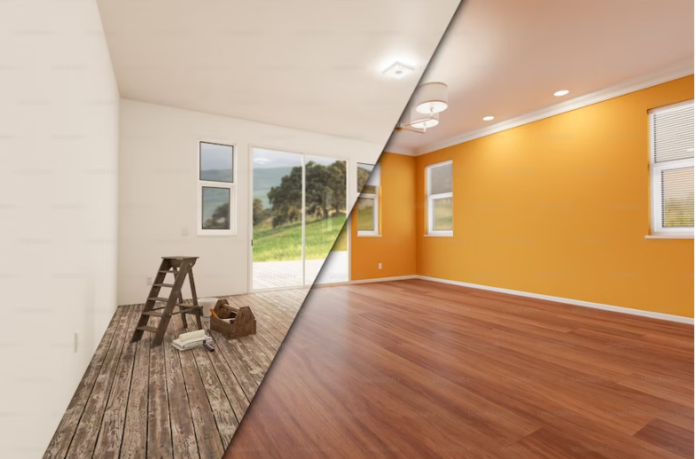Moldings are more than just decorative pieces; they can protect the bottom of walls and cover gaps between floors. The type of molding you choose should consider the room’s proportion.
Wood moldings come in various sizes and profiles, from simple baseboards to elaborate crown molding. They can be made from softwoods or hardwoods.
Softwood
Wood moldings can add subtle intrigue to any space and enhance your home’s value. Whether used as functional elements such as baseboards to protect the wall from damage or decorative accents like crown molding, this millwork can make a real difference and set your house apart from others on the market.
Wood moldings are typically made from paintable, natural or stained hardwood such as oak, maple, cherry or birch. They can be customized by caulking, painting or staining to suit your taste.
Wood moldings must be properly installed to ensure durability. This requires careful selection of both the material and its installation process. For example, when selecting moldings for a painted application, ensure they share a similar grain pattern and color and are relatively the same tone. It’s also important to consider chatter marks and gouge cuts near the ends of the molding that occur from the shaper blades. These can affect the final appearance of the molding and should be minimized whenever possible.
Hardwood
Wood moldings are made from a natural, renewable resource that can be cut to fit any space. They can also be stained, painted, or varnished to match the interior design of any home or office. This versatility allows them to hide minor imperfections or highlight and emphasize certain areas.
Wood is the most popular material for moulding Chicago, and it comes in various profiles and designs. Some common wood molding types include crown molding, baseboard, casing, and window and door trim. These decorative accents are usually crafted from paintable softwoods like pine or poplar or expensive hardwoods like oak or maple.
Other options for wood moldings include polyurethane and medium-density fibreboard (MDF). These are less expensive than hardwood, are easy to work with and come pre-primed and ready to paint. They’re also moisture-resistant, which makes them ideal for kitchens and bathrooms. MDF can create detailed patterns and has a more uniform look than hardwood.
MDF
Wood molding can add much character to your home and set it apart. It can be used around doors and windows to create a beautiful ceiling or as a decorative trim.
Often made of paintable pine, oak, or birch, MDF is composted from wood-mill byproducts such as sawdust and shavings, mixed with resins and wax, then pressed into flat sheets. It is generally less expensive than hardwood molding but has no natural wood grain and can be difficult to work with.
It tends to chip easily and does not take nails well, so it can be prone to splitting when screws are driven into it. It also dulls tools faster than most wood, so a carbide-edged tool is highly recommended. However, MDF is much easier to sand and paint than real wood, making it ideal for surface applications. It can also be glued, dowelled, or laminated to other materials.
Plastic
Moldings are the decorative trim found where walls meet ceilings, around windows and doors, and as a transition between different types of surfaces. They can be painted or left natural to contrast or blend with your wall color. They also serve a practical purpose, keeping drafts out and protecting walls from scrapes and holes.
Molded trim can be made from wood, MDF (medium-density fiberboard), or PVC plastic. Each has its advantages. Wood is natural, beautiful, and often less expensive than other materials, but it can be prone to termite damage and cracking with changes in temperature or moisture. It’s also more difficult to stain than other materials, as it tends to soak unevenly.
If you decide to use wood, choose a type of pine resistant to rot and fungus. You should also carefully inspect moldings before purchasing them, especially if you buy them for staining. Make sure they match the grain pattern and tone well and pay attention to chatter marks from the shaper blades.










